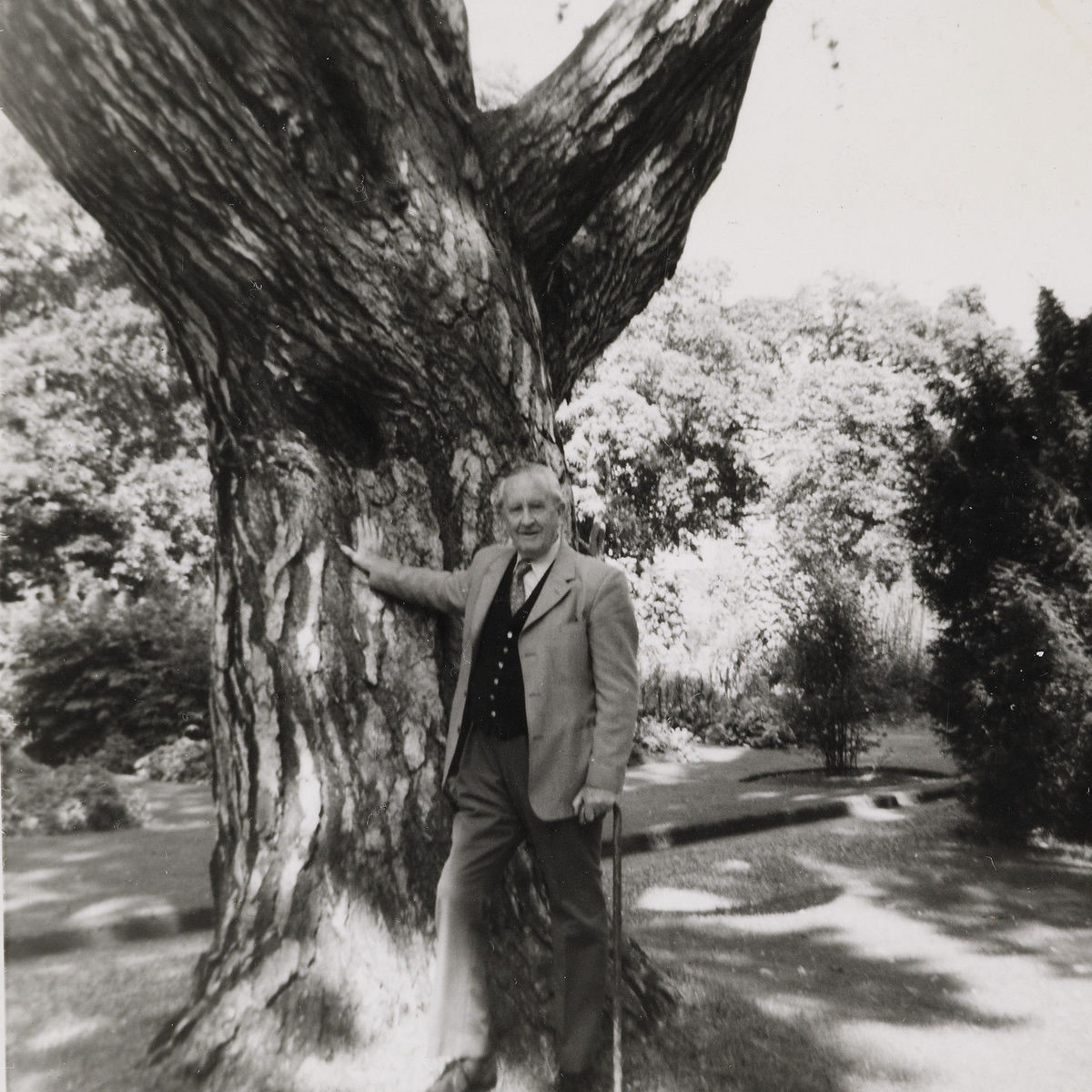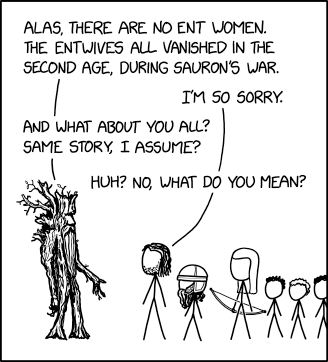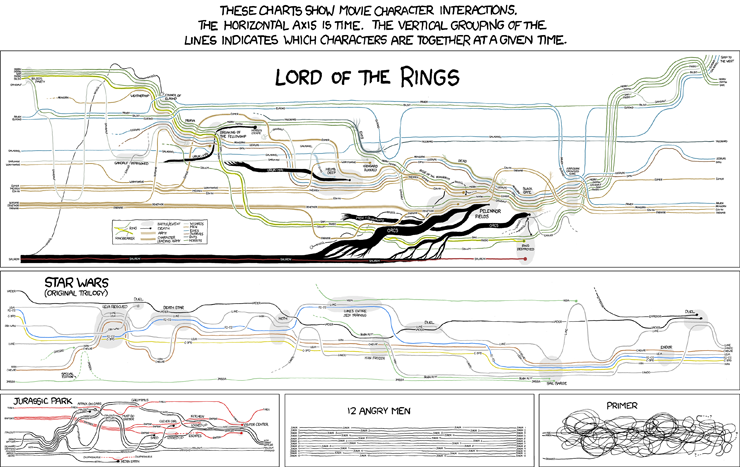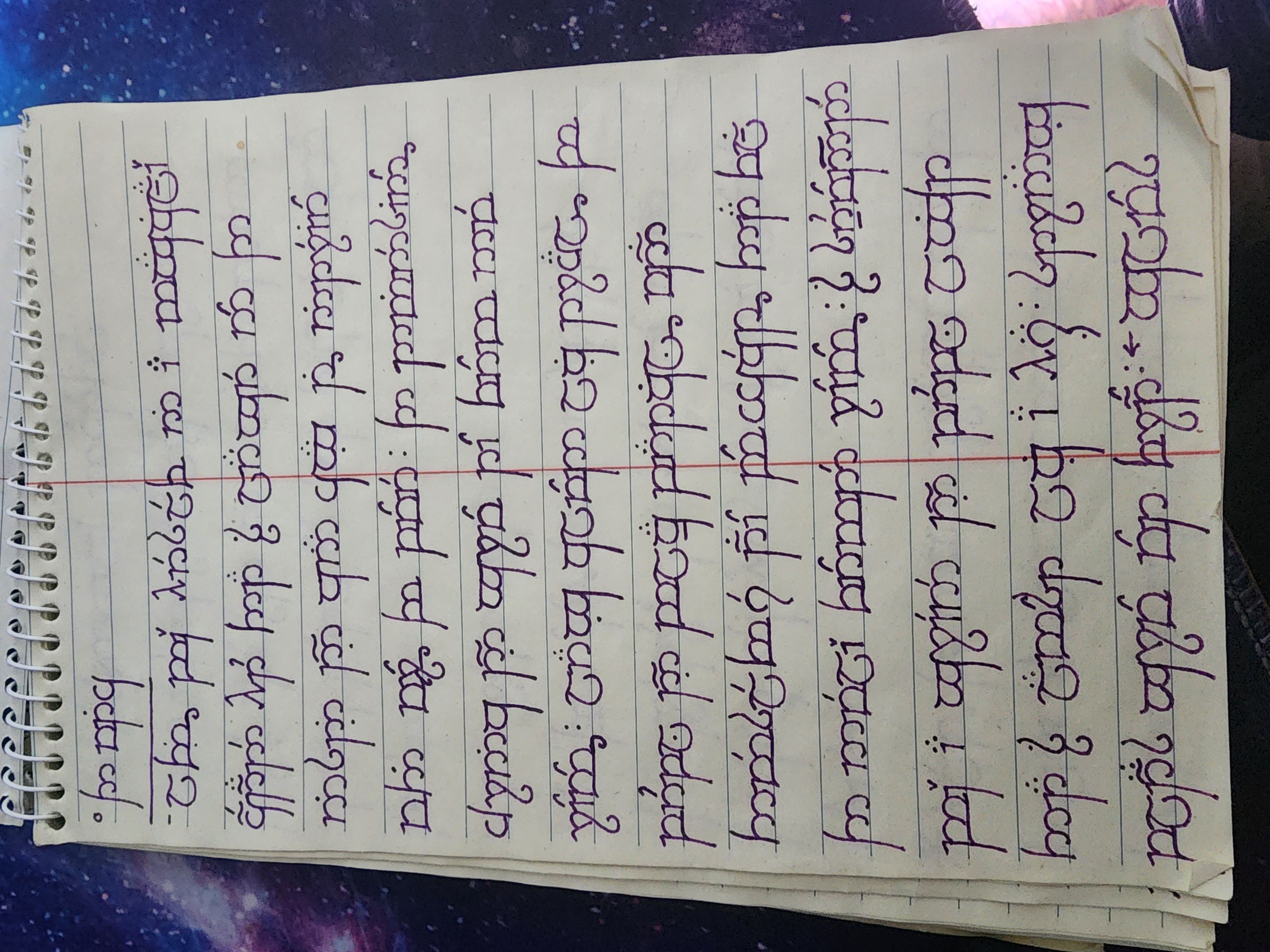I was thinking of watching The Hobbit withthae family, but my opinion is that The Hobbit trilogy is a big, bloated, unwatchable mess. I found a
Reddit post highlighting some fan edits to remove the bloat and thought I'd post it here too (below). Have you all tried any of these? Any you'd recommend?
There are a lot of Hobbit fan edits floating around online. Too many, actually. But after seeing a post on r/movies the other day about yet another edit being released, I thought it might be helpful to provide a list of some of the best and/or most popular ones. That way it’s not as confusing or overwhelming for those of you looking for an alternate take on Peter Jackson’s Hobbit trilogy.
This is not an exhaustive list, nor is it intended to be. Some edits will not be listed, such as Topher Grace’s fan edit, since no one besides Topher (that I know of) has actually seen it and does not exist anywhere online. Special thanks to u/DanielU92 for originally compiling a list of edits a few years back!
Full Disclosure: I am the editor of the Maple Films cut aka J.R.R. Tolkien’s The Hobbit. Obviously my own edit is my personal favorite, but there are many solid edits out there that have done different things with the source material than I did. Something that I cut might still be in another version, and you might decide you like that one more!
So here goes. I’m going to sort them by release date. I will also indicate if these are listed on www.fanedit.org. Being listed on their Internet Fanedit Database (IFDB) is a big deal because they have to vet submissions and require a certain level of quality with fan edits. It’s an excellent site to join...tons of awesome fan edits can be found there (and not just for the Hobbit). Other than that, no direct links!
-
THE TOLKIEN EDIT:
This was the one that started them all. Released while the Battle of Five Armies was still in theaters, it received a lot of press for being the first fan edit of the Hobbit trilogy. However, the audio/visual quality was quite poor. All of the footage from the Battle of Five Armies actually came from a pirated screener DVD, which looks awful on any screen. The editor stated that he did most of the editing “over the weekend,” which I can assure you is not a lot of time for a project this big. Lots of sloppy cuts without regard for pacing or decent audio transitions.
Running time: 4hrs 30min
Release date: January 2015
Special Features: Box art
IFDB: Not listed
-
THERE AND BACK AGAIN: DAVID KILLSTEIN’S HOBBIT EDIT
This was the first 3-hour edit to make headlines. On a technical level, it is assembled with much more care than The Tolkien Edit. I recall watching it and thinking it moved a little too quick for my taste, but others out there seemed to dig the faster pace. Unfortunately, Killstein and his edit were both nuked off of the internet and I can’t seem to find a copy of it anywhere. Possibly still floating around on torrents somewhere.
Running time: 3hrs
Release date: January 2015
Special Features: Unknown
IFDB: Not listed
-
THE HOBBIT: THE SPENCE EDIT
Out of all the Hobbit fan edits besides my own, this is probably my favorite and the most well-assembled. Spence is a veteran fan editor and his goal was to imagine what Peter Jackson might have made if they decided to turn the Hobbit into a single film. It’s not a book-accurate edit...Beorn is completely gone and we still have Radagast and some of the Dol Guldur plotline intact. No special features that I know of either. Even so, it is still worth checking out.
Running time: 3hrs 25min
Release date: April 2015
Special Features: Digital copy
IFDB: https://ifdb.fanedit.org/the-hobbit-the-spence-edit/
-
THE HOBBIT: THE TWO-HOUR EDIT by FIONA VAN DAHL
This one is a fast and wild ride. Fiona literally cut a nine-hour trilogy down to two hours! Obviously this is not for book purists, but it’s probably the closest we’ll ever get to seeing what Topher Grace’s two-hour cut might be like. Editing quality is decent and the pacing is insanely fast...I simply missed a lot of the scenes she removed. But it might be good for those of you that liked how brisk the Rankin/Bass animated Hobbit film was (I know there’s some fans out there).
Running time: 2hrs
Release date: November 2015
Special Features: Digital copy
IFDB: Not listed
-
J.R.R. TOLKIEN’S THE HOBBIT aka THE MAPLE FILMS EDIT
A four-hour edit, split by an Intermission right where Jackson originally intended to split the Hobbit when it was still two films. This is meant to be as faithful to Bilbo and the spirit of Tolkien’s book as possible, while still telling a complete story for the screen. The edit also features some unused music by Howard Shore, and has been color corrected to match the look and feel of the LOTR trilogy better. I didn’t include the White Council/Dol Guldur subplot, but I did release a companion film that focuses on those scenes. I feel it distracts from the main story, but on its own works as an interesting spin-off.
Running time: 4hrs 20min
Release date: December 2015
Special Features: Digital/Bluray/DVD. Box and disc art. 5.1 surround. Subtitles.
IFDB: https://ifdb.fanedit.org/j-r-r-tolkiens-the-hobbit-maple-films-edit/
-
THE HOBBIT: IRONFOOT EDITION
This one is actually two separate films with their own titles: An Unexpected Journey and There and Back Again. These were the original titles for the Hobbit when it was still going to be just two movies. They are both 150 minutes each, so together you have a five-hour version of the Hobbit. Some silliness is removed (Smaug chasing the dwarves) but other ridiculous moments remain (the extended CGI chariot sequence). A list of all the changes are on the editor’s site.
Running time: 5hrs
Release date: January 2016
Special Features: Digital/Bluray. Box and disc artwork.
IFDB: https://ifdb.fanedit.org/the-hobbit-ironfoot-edition-part-i/
-
THE HOBBIT: THE BILBO EDITION
Originally released in June 2015, the editor (u/DanielU92) went and made some updates and fixes, eventually releasing his final version in February 2016. The edit is of high audio/visual quality, and narratively follows a fairly close path to the Maple Films cut. This is where a lot of edits in the 4-hour range come down to personal preference in terms of what’s been cut and what’s been left in. I’d put this one right behind Spence’s edit.
Running time: 4hrs 33min
Release date: February 2016
Special Features: Digital copy
IFDB: Not listed
-
THE HOBBIT or THERE AND BACK AGAIN by L8wrtr
This is another one I have not seen yet, but it is one of the more popular Hobbit edits on www.fanedit.org. It’s a bit longer than most at 344 minutes long, and is actually split into two separate volumes. Again, I haven’t seen it but given its length, I imagine it retains a good chunk of the trilogy’s story while still getting rid of the mutually agreed-upon annoyances (Radagast, Alfrid, love triangle, CGI antics).
Running time: 5hrs 44min
Release date: February 2017
Special Features: Digital/Bluray. Box and disc artwork.
IFDB: https://ifdb.fanedit.org/hobbit-or-there-and-back-again-the/
-
THE HOBBIT: THE ORIGINAL TWO FILM STRUCTURE
Excellent audio/visual quality, with nice custom Bluray menus and some special features. My main issue with this fan edit is its length...six and a half hours! There’s still too much cartoonish nonsense, too many extraneous subplots and characters that distract from the main story. Legolas still does his gravity-defying CGI acrobatics, Radagast still gives us some unwanted pothead humor, etc. There’s a reason the best Hobbit edits are around the 3-4 hour mark...this one awkwardly splits the difference between the original films and the much leaner and cleaner versions out there.
Running time: 6hrs 35min
Release date: August 2018
Special Features: Digital/Bluray. Box and disc artwork. Interactive menus, more.
IFDB: https://ifdb.fanedit.org/hobbit-the-original-two-film-structure-the/
So there you have it. A variety of fan edits at a variety of running times, from two hours up to six and a half. Everyone has their preference, and there are plenty of people who would rather just watch the originals! That’s fine too I guess. Personally I would pick any one of these edits over the bloated original releases. Have fun researching and finding your favorite!

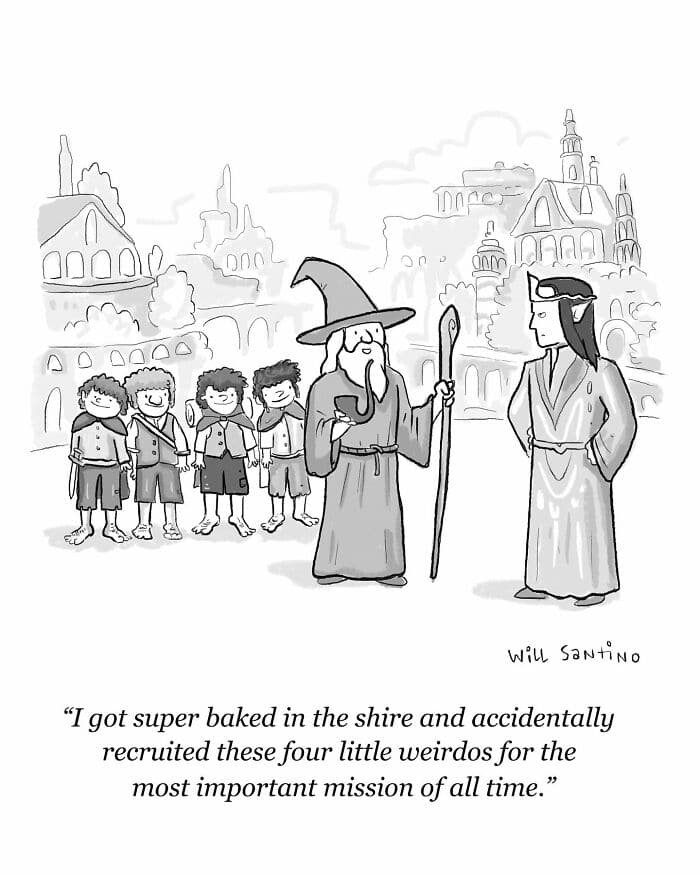
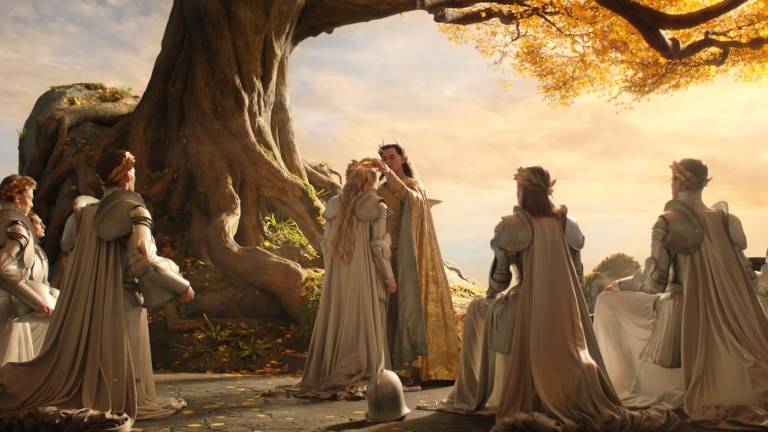 extract
extract